Chemistry > Study Notes > Writing Formulas of Ionic Compounds, oxidation numbers and nomenclature (All)
Writing Formulas of Ionic Compounds, oxidation numbers and nomenclature
Document Content and Description Below
Writing Formulas of Ionic Compounds, oxidation numbers and nomenclature Chemical Formulas • Common chemical formulas include the symbol of each element in the compound. • The subscripts i... n a chemical formula represent the relative numbers of each type of atom in a chemical compound; they never change for a given compound. • NaCl for table salt, indicating sodium and chlorine atoms in a 1:1 ratio. • CO2 for carbon dioxide, indicating carbon and oxygen atoms in a 1:2 ratio. • C12H22O11 for table sugar (sucrose), indicating carbon, hydrogen, and oxygen atoms in a 12:22:11 ratio. PREDICTING THE FORMULA OF IONIC COMPOUNDS Ionic Compounds • Ionic compounds are made of metals and non metals • Ionic compounds always contain ions ✓ Metals form Cations = + charged ions (lose electrons) ✓ Non metals form anions = − charged ions (gain electrons) • Ionic compounds are electrically neutral (charge is zero) ✓ The sum of the + charges of the cations must equal the sum of the – charges of the anions. Periodic Table showing Ionic Charges Noble Gases are stable and do not form ions Writing Formulas for Ionic Compounds 1. Write the chemical symbol for the metal cation and its charge. 2. Write the chemical symbol for the nonmetal anion and its charge. 3. Charge (without the +/- sign) becomes subscript for the other ion. (subscripts are used to balance the charges when the charges on the cation is not equal to the charge on the anion) 4. Reduce subscripts to smallest whole-number ratio. 5. Check that the sum of the charges of the cation cancels the sum of the anions. 1. Write the symbol for the metal cation and its charge. 2. Write the symbol for the nonmetal anion and its charge. 3. Charge (without +/- sign) becomes subscript for the other ion. (Cross the charges) 4. Reduce subscripts to smallest whole-number ratio. 5. Check that the total charge of Al3+ column 3A O2- column 6A Al3+ O2- Al2O3 Al = (2)∙(+3) = +6 O = (3)∙(-2) = -6 1. Write the symbol for the metal cation and its charge. 2. Write the symbol for the nonmetal anion and its charge. 3. Charge (without +/- sign) becomes subscript for the other ion. 4. Reduce subscripts to smallest whole-number ratio. 5. Check that the total charge of Na1+ column 1A Cl1- column 7A Na1+ Cl1- NaCl Na = (1)∙(+1) = +1 Cl = (1)∙(-1) = -1 1. Write the symbol for the metal cation and its charge. 2. Write the symbol for the nonmetal anion and its charge. 3. Charge (without +/- sign) ....................................................................continued............................................................................ [Show More]
Last updated: 1 year ago
Preview 1 out of 100 pages
Instant download
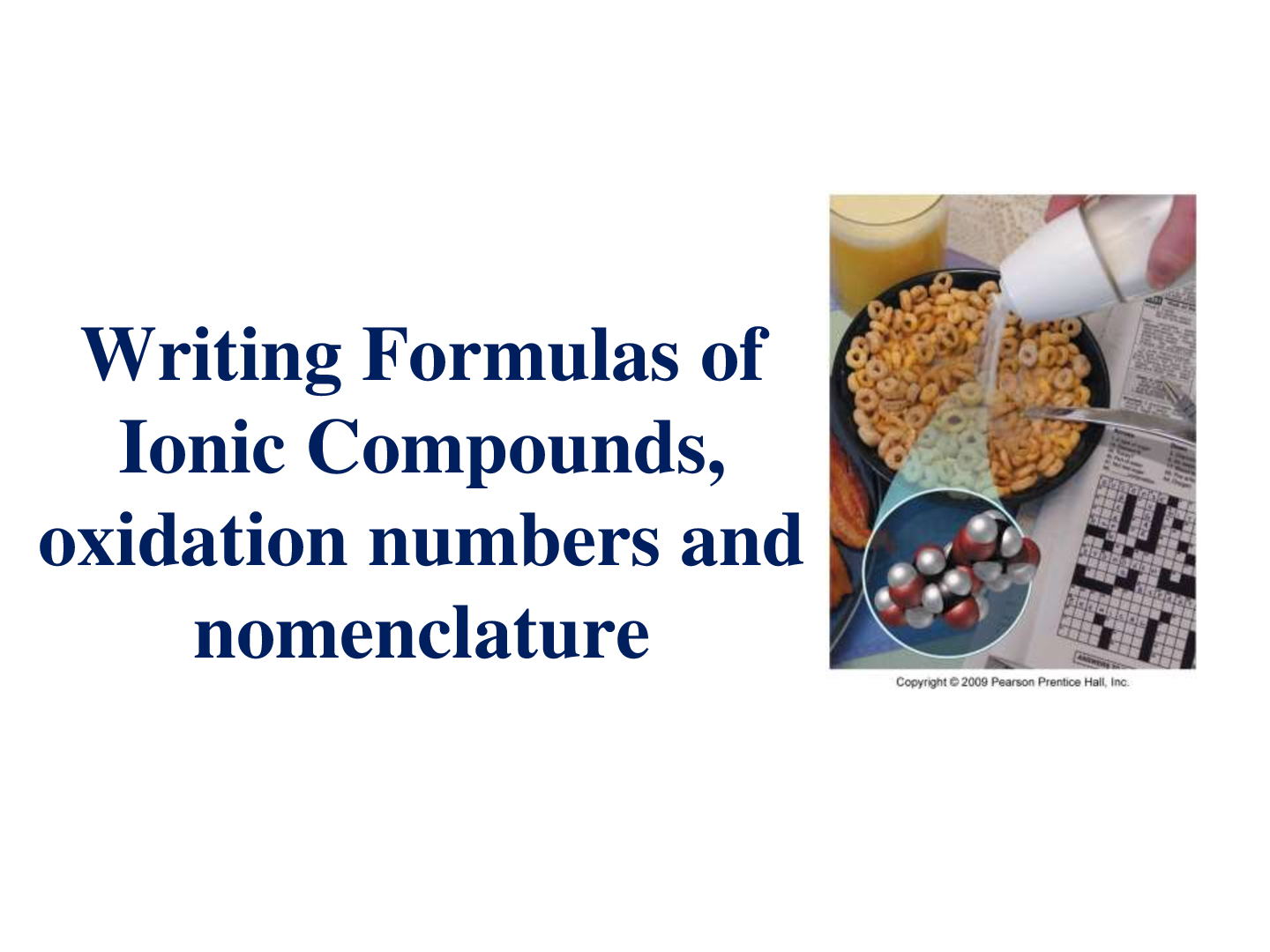
Buy this document to get the full access instantly
Instant Download Access after purchase
Add to cartInstant download
Reviews( 0 )
Document information
Connected school, study & course
About the document
Uploaded On
Aug 25, 2021
Number of pages
100
Written in
Additional information
This document has been written for:
Uploaded
Aug 25, 2021
Downloads
0
Views
77

.png)
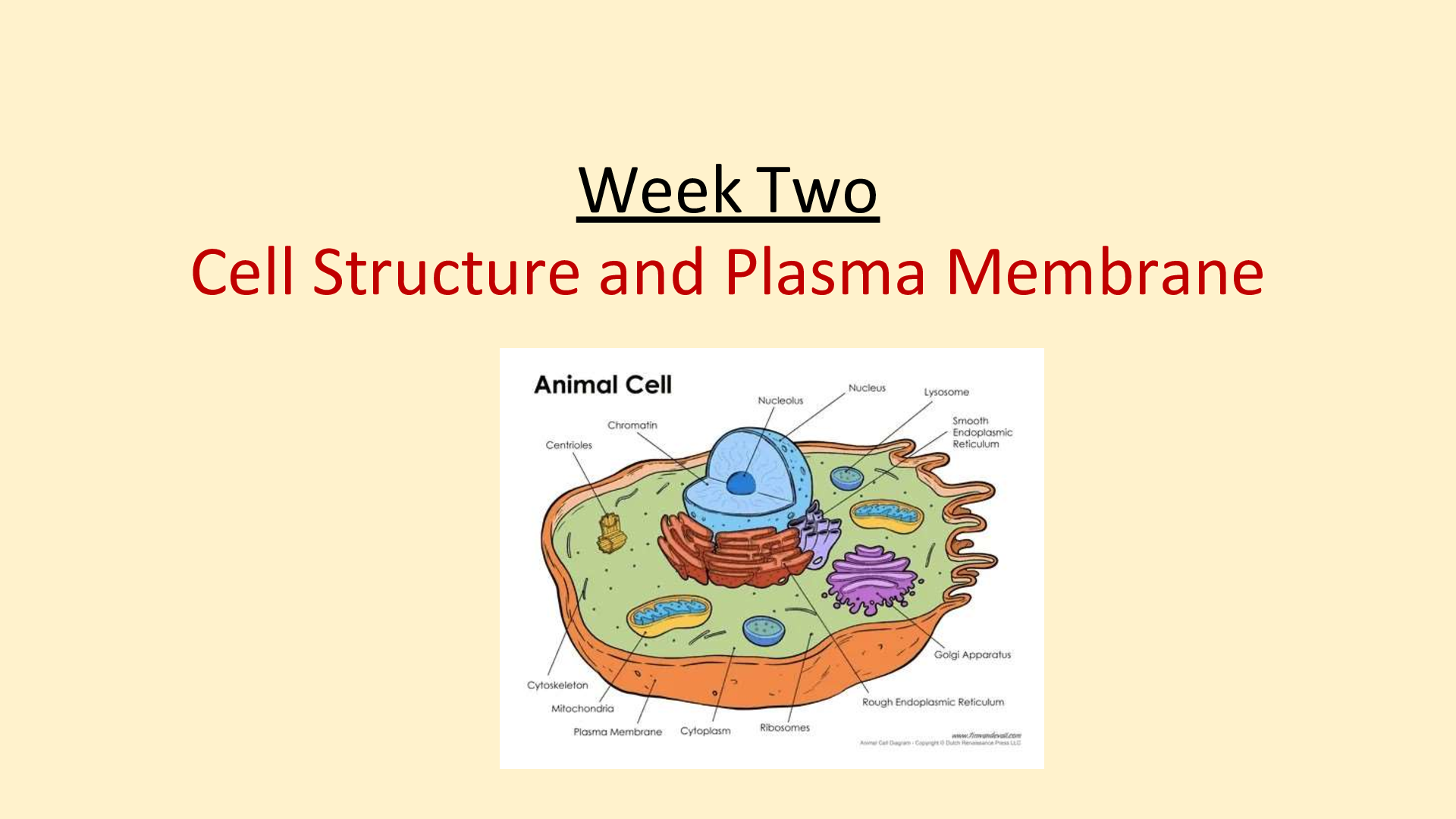
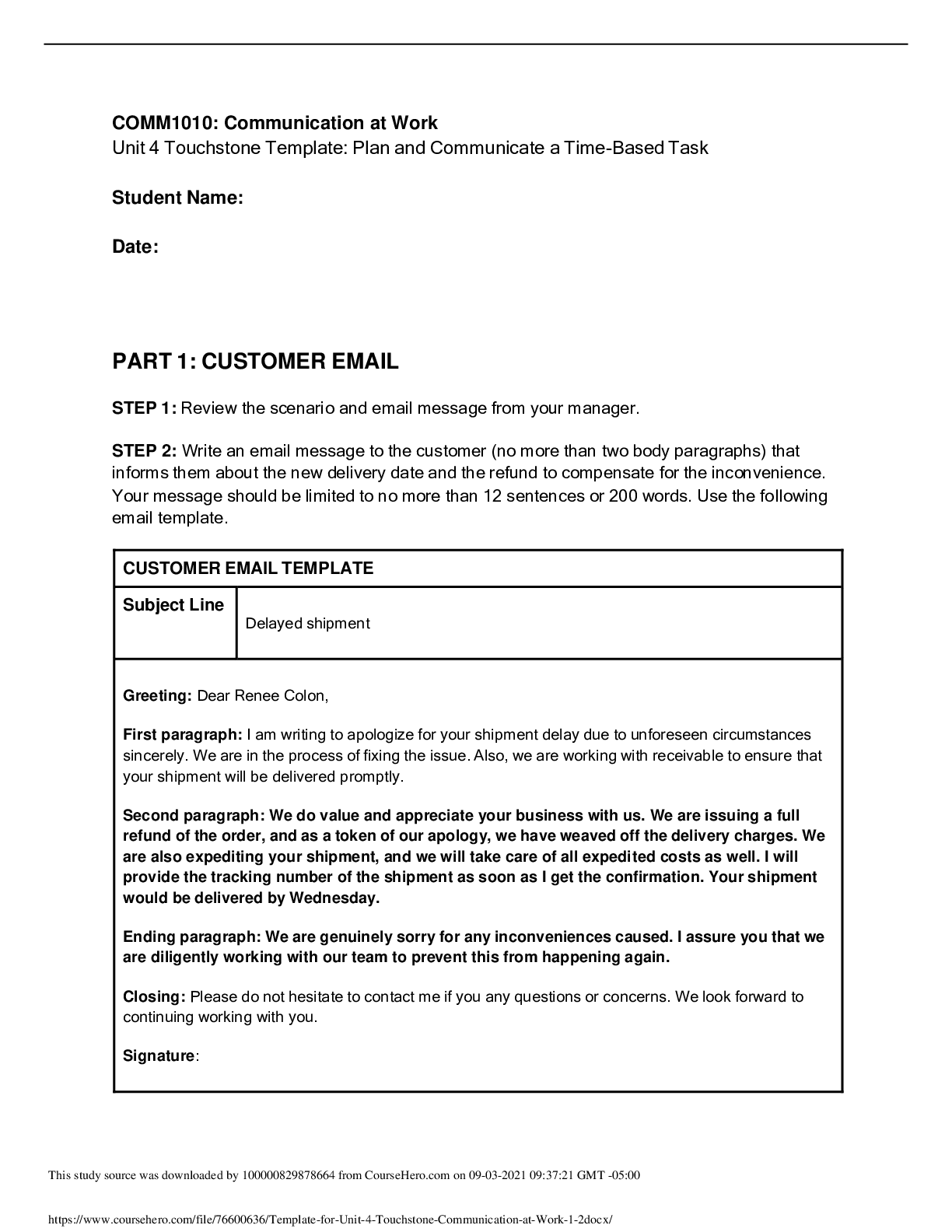

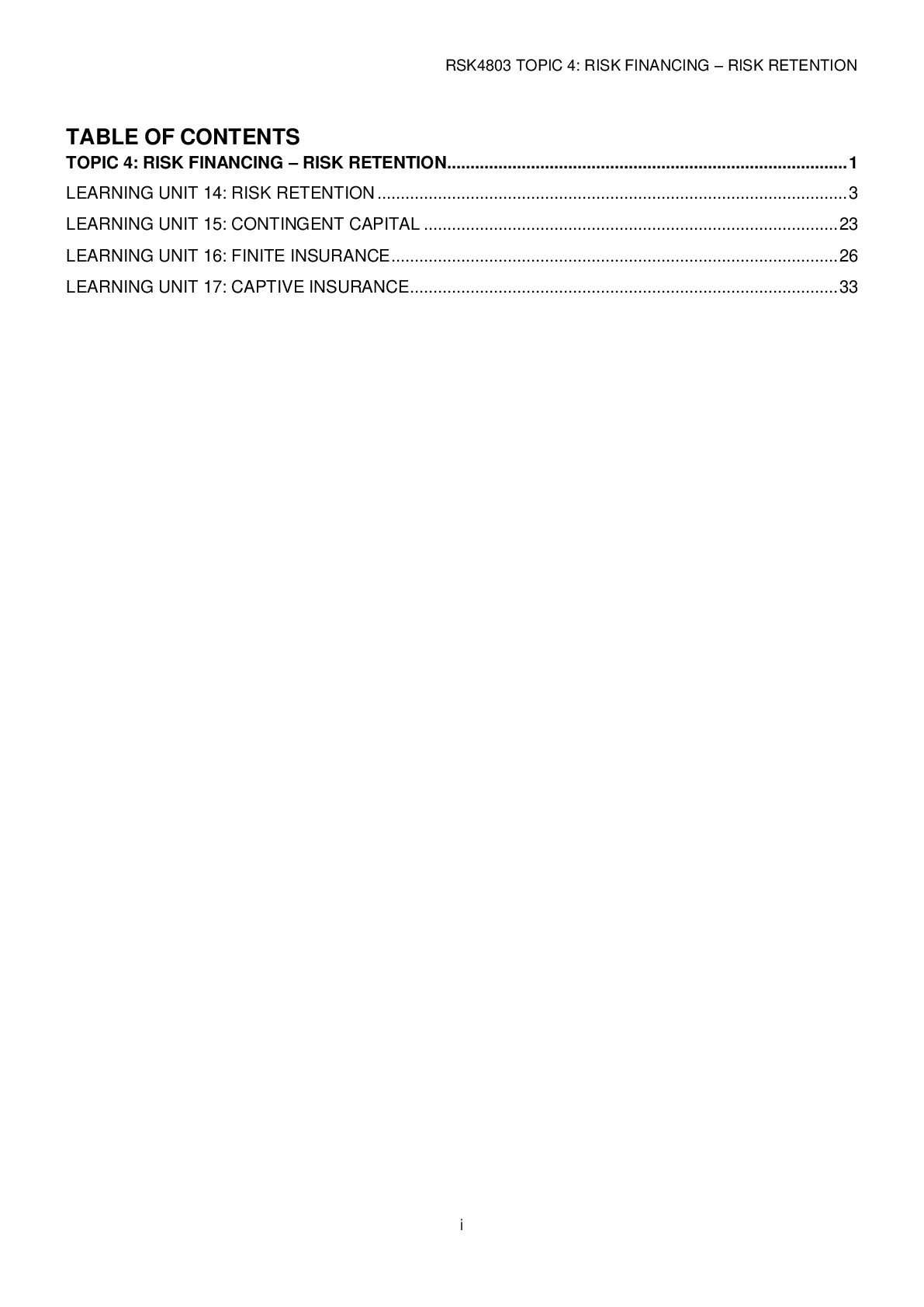
.png)
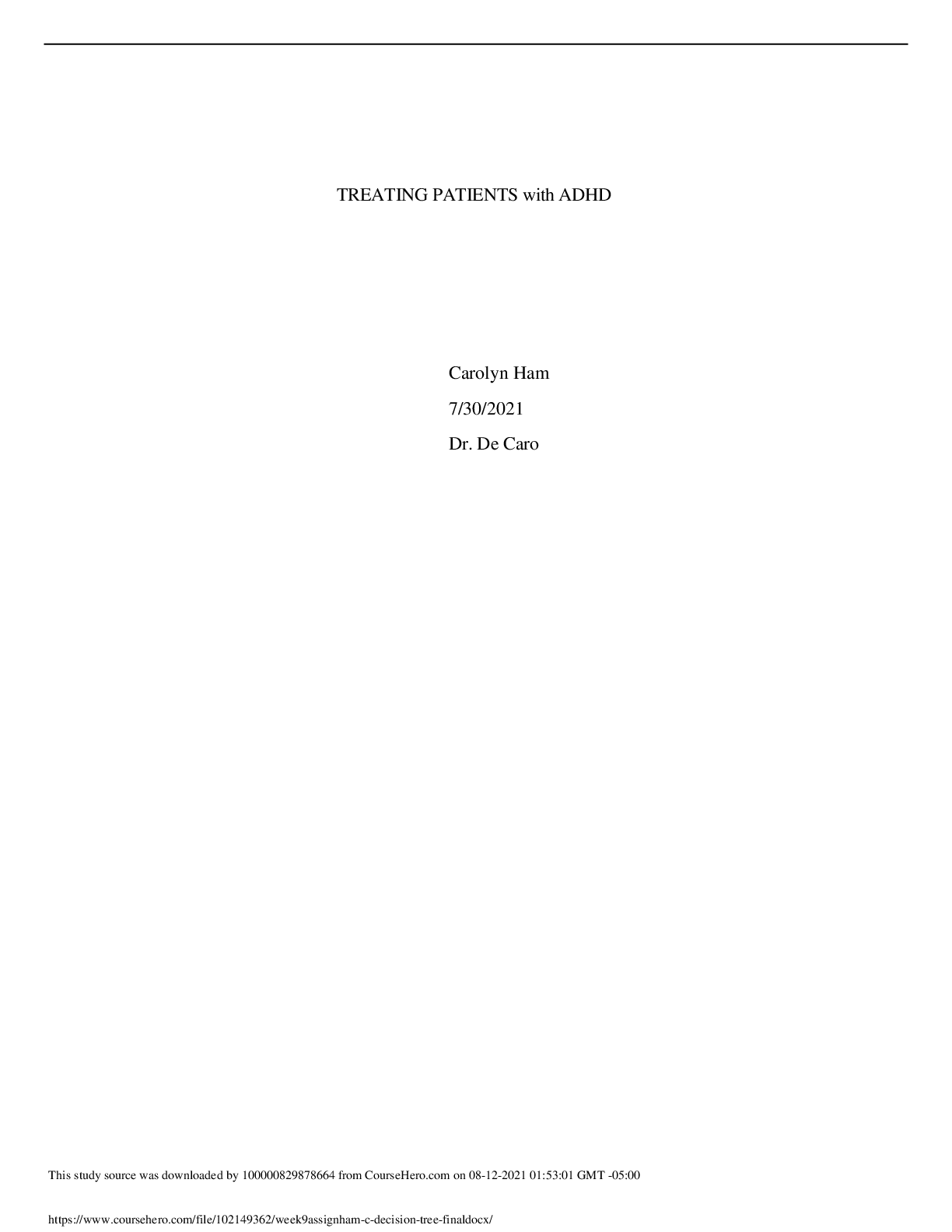
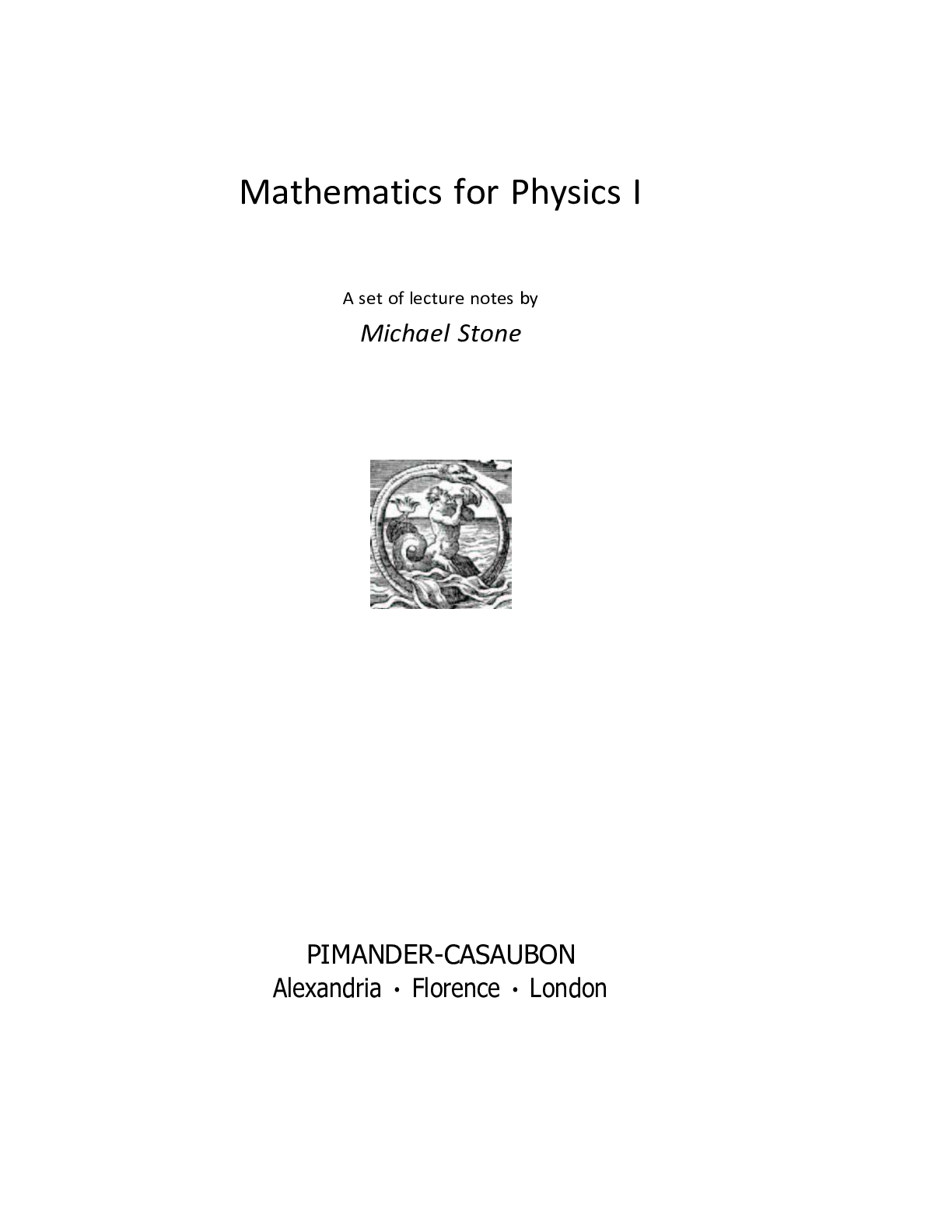
.png)

